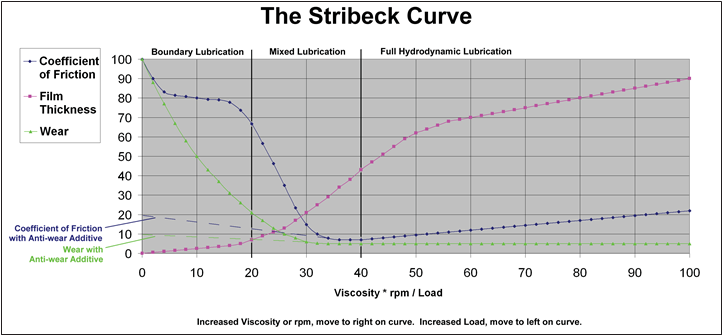Originally Posted By: skyship
[...] the car manufacturers provide the correct advice to customers outside of the US, [...] There was something of a general move from 40 to 30 grades [...] averaged out UOA and oil consumption results caused many owners to moved back to the 40's and nearly every Iffy lube or dealer lists a 40 grade for older cars that list 30 or 40 in their original specs.
This type of complete utter lie that infers that all U.S. oil specifications are a specifically choreographed lie is the only reason these arguments continue to exist.
Japan runs 20 weights. Now what?
[...] the car manufacturers provide the correct advice to customers outside of the US, [...] There was something of a general move from 40 to 30 grades [...] averaged out UOA and oil consumption results caused many owners to moved back to the 40's and nearly every Iffy lube or dealer lists a 40 grade for older cars that list 30 or 40 in their original specs.
This type of complete utter lie that infers that all U.S. oil specifications are a specifically choreographed lie is the only reason these arguments continue to exist.
Japan runs 20 weights. Now what?
Last edited:






